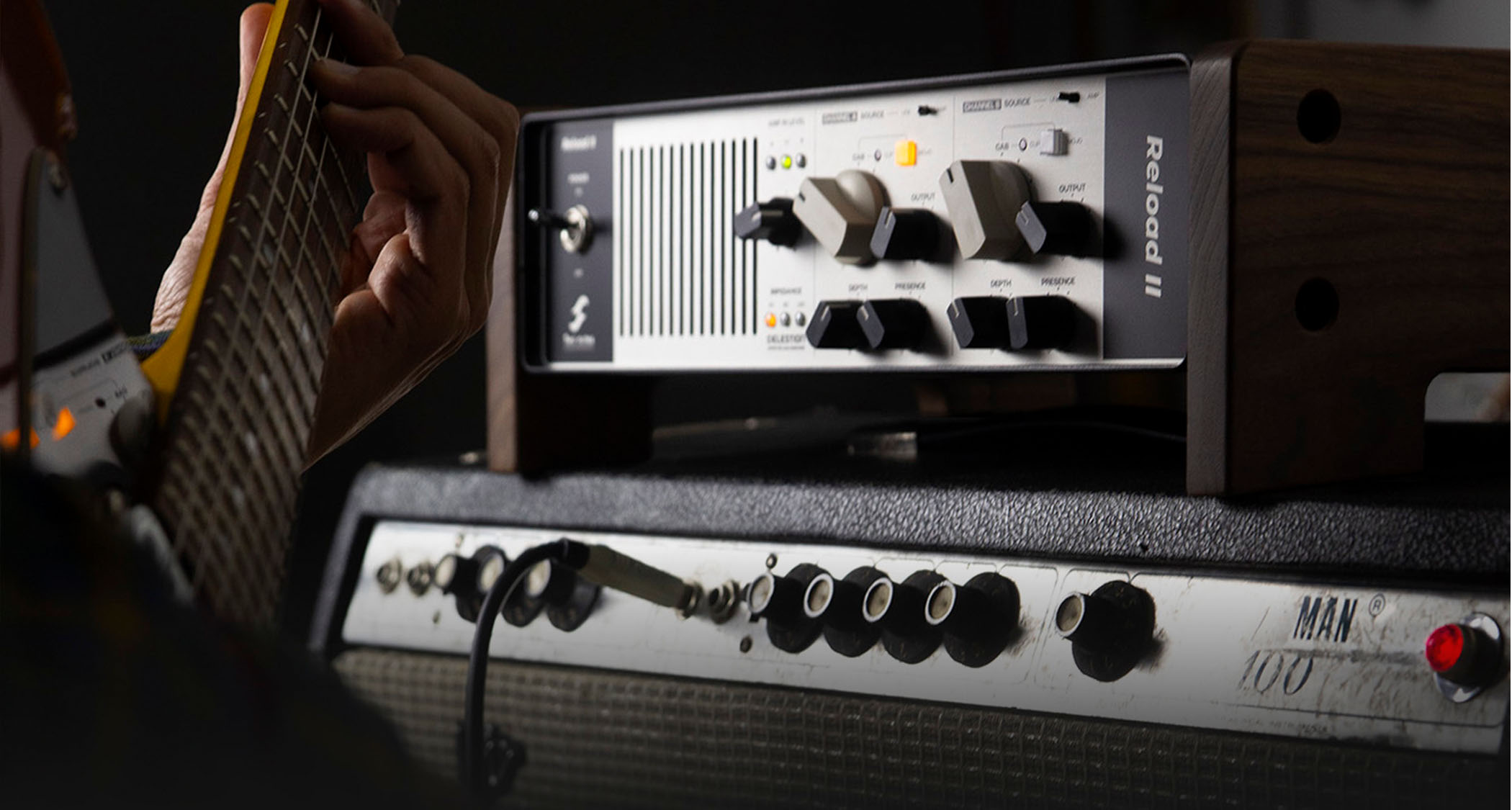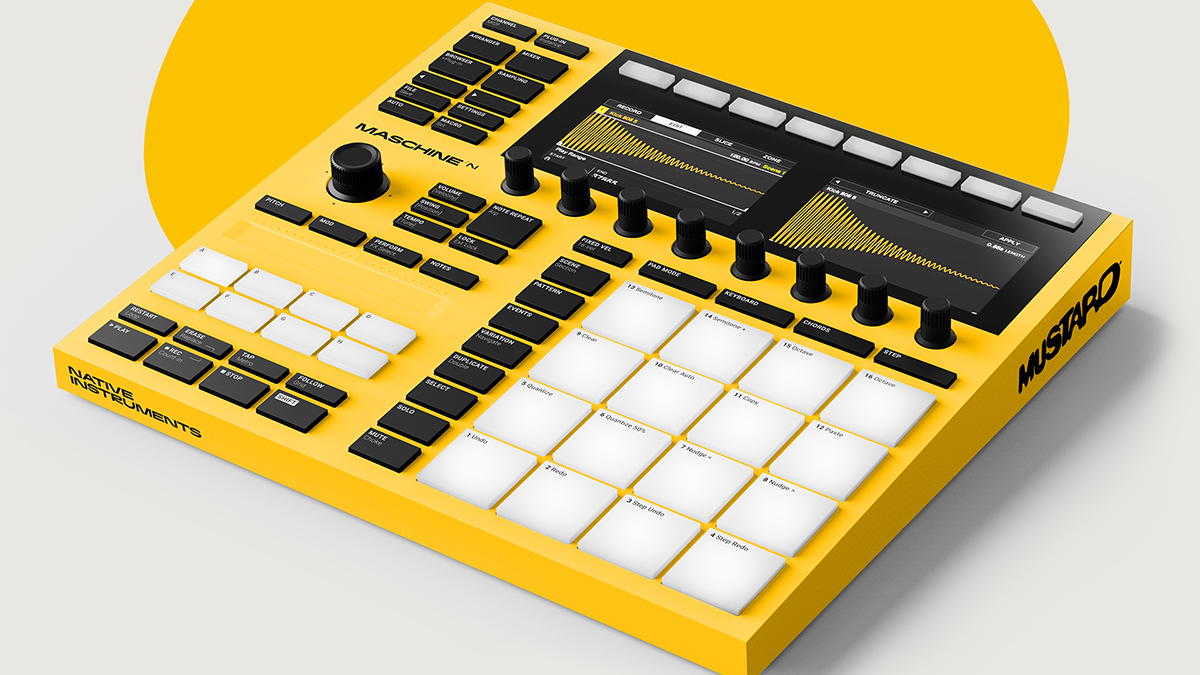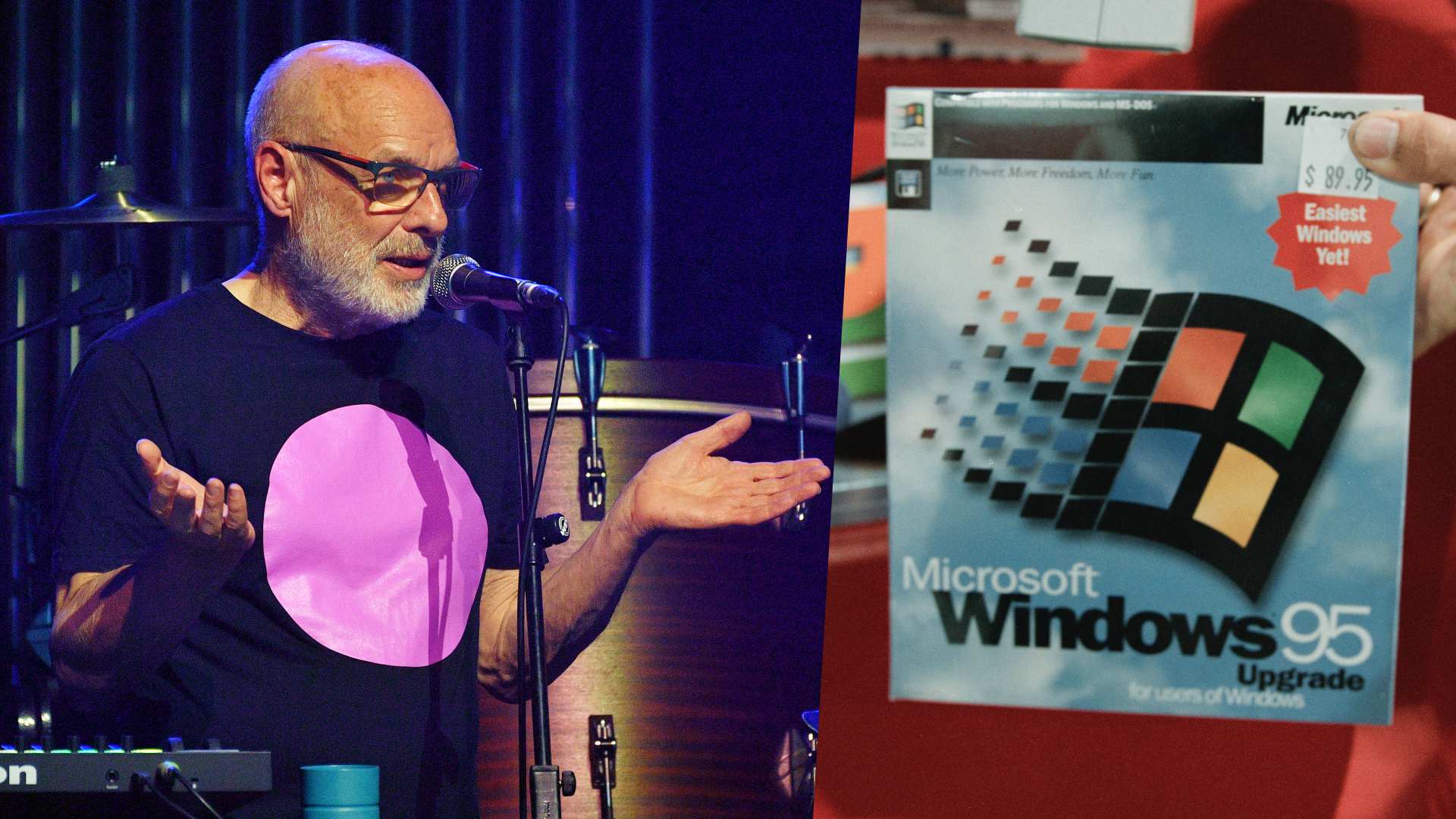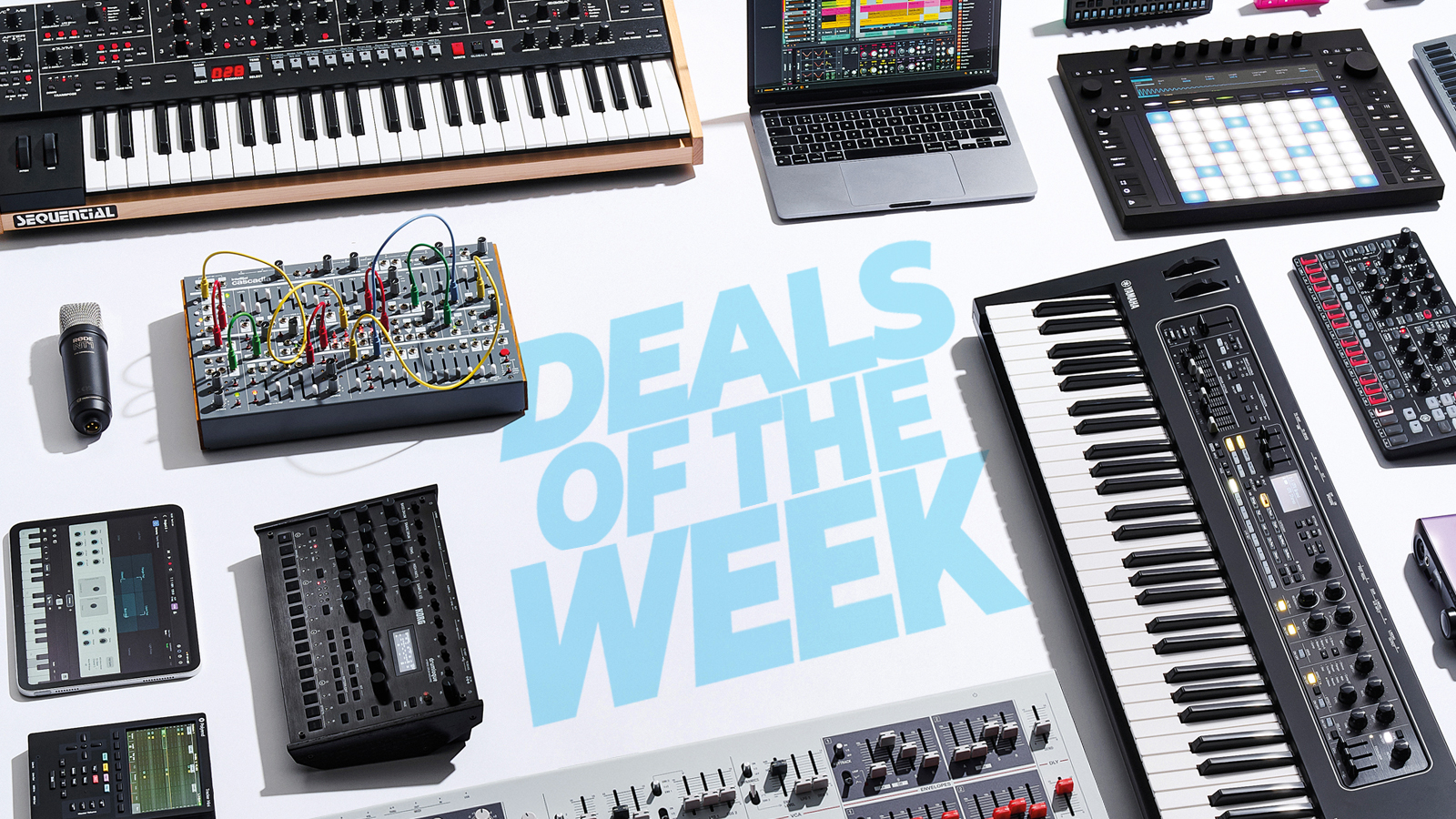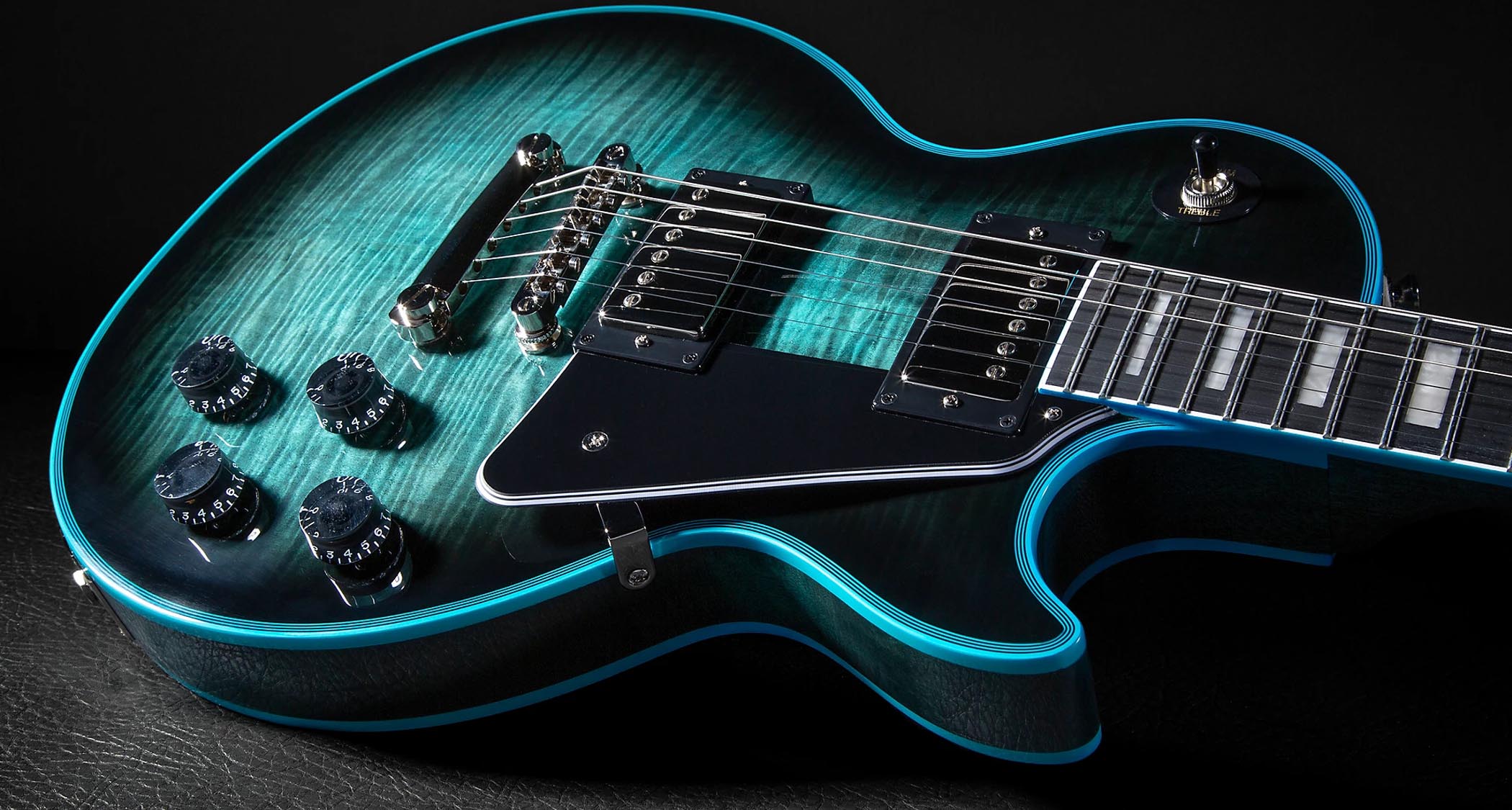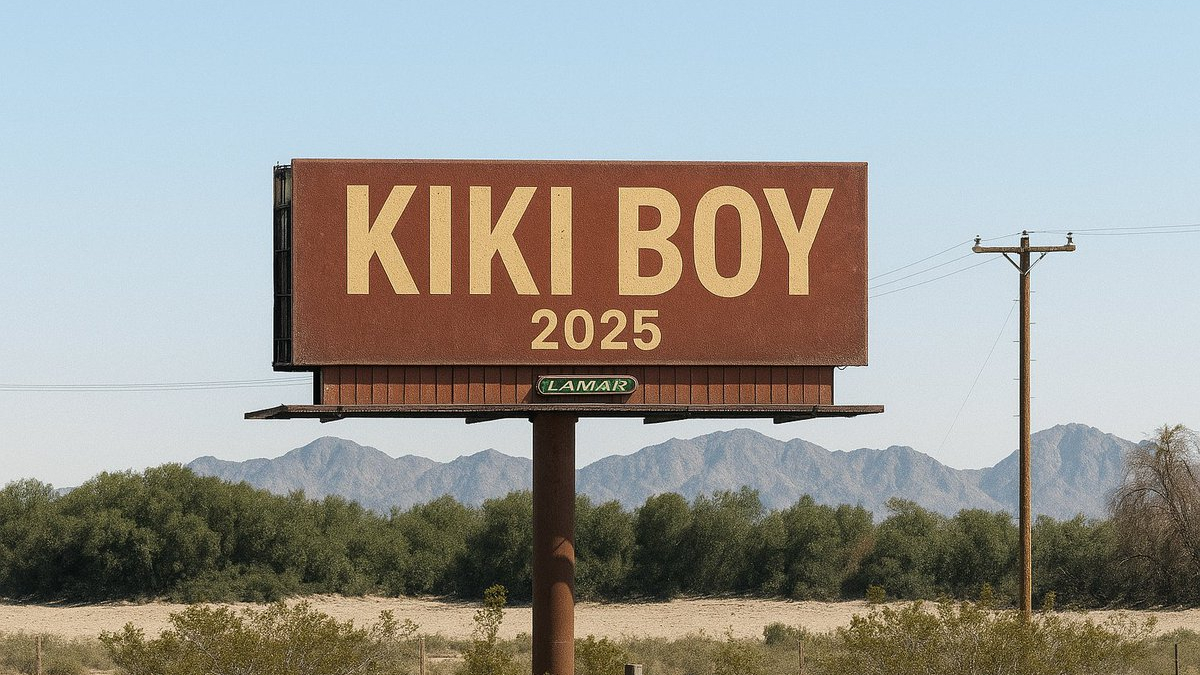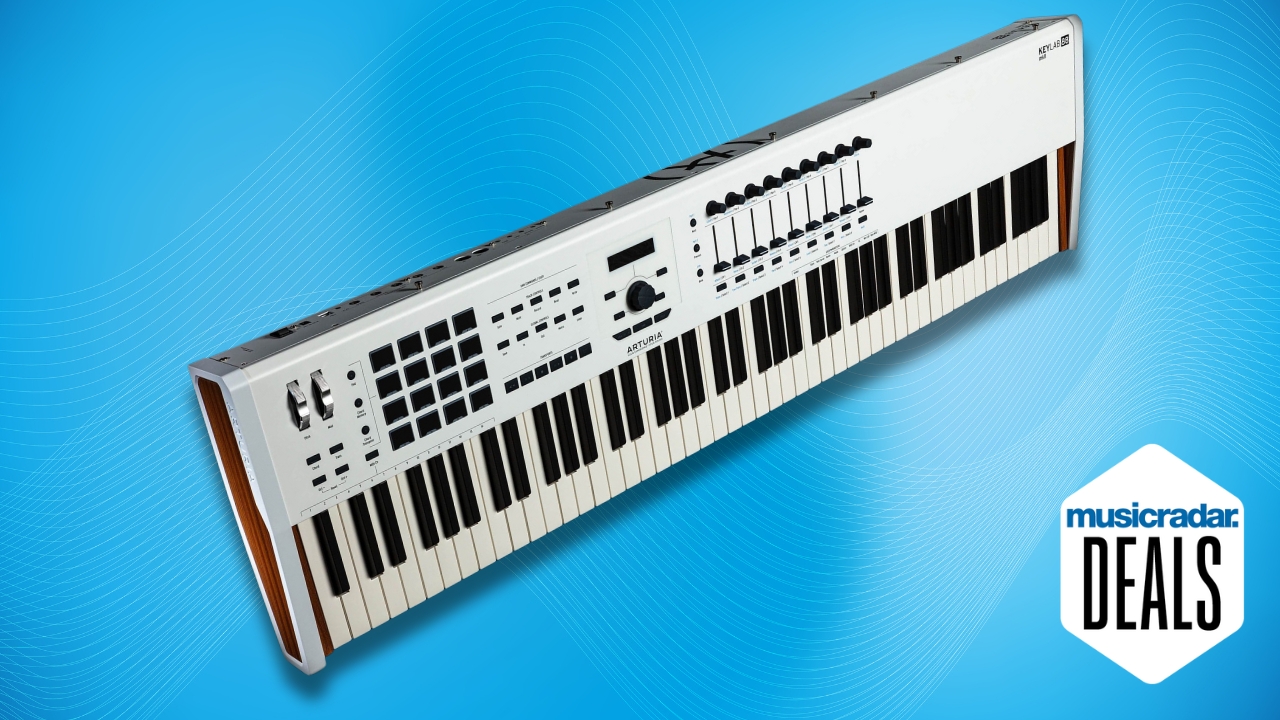Chloe on minimalism, and making music for dancing and listening
The enigmatic French DJ and producer invites us into her Paris studio to discuss her explorative approach to sound and the studio techniques behind new album, Endless Revisions

Despite studying as a lawyer, Chloé Thévenin had a much greater passion for her humble vinyl record collection. The art of DJing struck a chord at university, later flourishing into full-blown residencies at renowned Parisian nightclubs including Le Pulp and the Rex Club.
Having grown up to the sounds of rock, folk and the pulsing rhythms of EBM, Chloé’s eclectic tastes stimulated her imagination. Early productions exhibited an investigative craving that would surface on self-penned albums such as The Waiting Room (2007) and One In Other (2010).
After a lengthy period of gestation, during which Chloé collaborated with numerous artists and the revered French music institute Ircam, she returned to the studio to create her latest opus, Endless Revisions. It’s a sensory body of work, showcasing the artist’s personal growth and incessant hunger for sound exploration.
What was your first introduction to the world of music technology?
“I started playing the guitar when I was 15. I don’t play guitar so well now, but it was my first instrument and the easiest to learn. I was listening to folk and rock music and had a little collection of records; then I discovered electronic music and bands like Front 242. This kind of music mixed rock music with synthesisers and electronic drum rhythms. I think it was a kind of industrial movement mixed with new wave music from the ’80s. If you hear this music today, I still think it’s amazing.”
You learned a lot from Steve Reich. Was sampling an important part of your early sound?
“For me, it was more about minimalism than sampling. It’s all about repetition, but I think electronic music gets a lot of inspiration from Steve Reich. He was a leader in electronic music and an influence for a lot of people - certainly one of the pioneers. What is very interesting about him is that he was very into the boundaries between contemporary and classical music and used a lot of technical phasing, but naturally, without using effects. He used the technique of dephasing too.”
Get the MusicRadar Newsletter
Want all the hottest music and gear news, reviews, deals, features and more, direct to your inbox? Sign up here.
You did a project with Vassilena Serafimova based on Reich’s work…
“I always wanted to collaborate with a musician on a project, and this was a good chance because Vassilena’s a marimba player and the producer proposed that we get inspired by Steve Reich. One of the major compositions he did was called Music for 18 Musicians, with marimba and many other instruments. If you know the piece, you can recognise the patterns, but of course we had to play it differently because there are only two of us. The idea was to use some of those musical patterns, re-adapt them and play live together. I sampled what Vassilena played and she would play on top of that; then we used some phasers in the same way that Reich was using them. We had a lot of fun using these techniques and eventually started to create some of our own music together.”
Did DJing come long before production?
“I started to DJ about 20 years ago and got into it very naturally, because I was collecting a lot of music and searching for vinyl. When I discovered electronic music, it wasn’t like it is today. There was no internet, so you had to live with whatever you could find in the record shops. I had all this vinyl and was going to parties, so I started to DJ when I was at school. Then I went to university and studied penal law, which has nothing to do with music, but I suddenly had a lot more time to DJ and make music. I produced my first EP in 2002 and started to get more and more gigs. Then, at one point, I thought, ‘I don’t want to be a lawyer’. That was a very natural decision, because I was getting more and more proposals to DJ and was really into the whole technical process behind music production.”
Can you tell us about your work with Ircam?
“When you’re into electronic music and you’re French, you know Ircam because they make a lot of software. One of the most well-known ones they [own the rights to] is Max/MSP. Many years ago, I took part in a little conservatoire where I could study electro-acoustic music. It was a mixture of technical, contemporary, concrete music and software like Max/MSP, which was an interesting approach. I did that for a few years besides DJing and production, and was always interested in doing these geeky things and trying to inspire people. Ircam contacted me two years ago because they had created a project and wanted to work with an artist that would be open to experimenting and collaborating in a live situation. It was very technical, but a lot of it was thinking about how to help people collaborate through WiFi and find this balance where the audience could be creative and not just part of some geeky experience.”
Can you tell us more about how you collaborated or performed with the audience?
“There were two steps. I was playing live with an iPad, and if the audience were connected to the local wireless, I could control the sound inside their mobile phones. I could spread the sound with my finger and choose the sounds people could access. The audience could also play the sounds on their phones. For example, I’d give them a white noise sound on their phone and if they moved their finger up, the sound would move to a higher frequency; or if they turned their mobile in a different direction, the volume would change. We discussed all these little details with Ircam and how it could be fun and creative for people, and that first step was called V1.”
If the audience were connected to the local wireless, I could control the sound inside their mobile phones.
Moving forward, how did you develop that?
“We did it a few times and the results were interesting, but the younger people were too focused on me playing live, so we thought it would be important to get them involved creatively and give them more music. So for V2, we got all the people connected on their mobile phones to the local WiFi and each person had different layers of a track. There were about 15 layers and each person had one element - one had the bass, another had the kicks, someone else had the snare - and if the people were close together, the music could be played. If someone playing the bass moved away, or left, there was no more bass, so someone else could come in and play bass.”
Some people just use the production tools that are readily available to everyone, but you seem committed to exploring beyond that.
“I think that trying different approaches helps you to be more independent and also makes you more creative, and this is my main goal. Of course, it’s interesting to use what you’re given, but it’s also interesting to find some other elements, even if they are often quite complicated to understand. For example, whether I’m playing live or in my studio, I like to use pedal effects. I could buy some gear that does everything all-in-one, but by using all these little cheap and fun pedals, you build your own personal sound.
“I’m always open to discovering new stuff and I’m interested in understanding how to mix different elements together, because when you’re always questioning things, you’re more likely to find something inspiring.”
Presumably, that’s why you’re interested in 3D and binaural sound?
“My experiments in binaural sound are similar to the Ircam project. I met some sound engineers at national French Radio who had an innovative approach and asked if I wanted to mix one of my tracks in binaural sound, which is like 3D sound. I thought it was a fascinating idea and fun. At the time, I was working on a track called The Dawn, which came out earlier this year and is also on my new album, Endless Revisions. When I met them, I was thinking, ‘Maybe I need to intensify the stereo so when I mix it in binaural, the stereo field will sound bigger’. The more sound and frequencies you use, the more interesting it can be to listen to when you’re using 3D sound. It helped me to think about composition a bit differently, so we mixed the track in binaural and discovered all these other little sounds - behind and in front - and everything sounded wider and bigger. At that point, I was really fascinated by binaural, but at the same time, when people come to a live concert, they don’t want to wear headphones.”
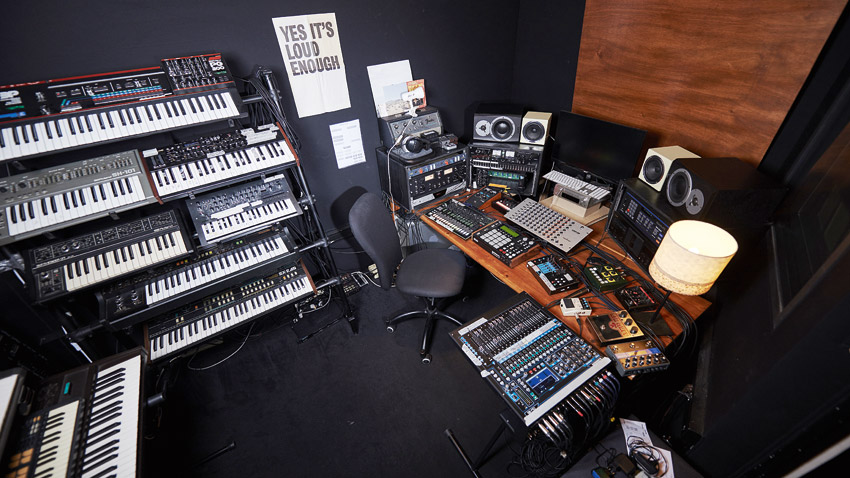
You mentioned the ten-minute track The Dawn, which sits somewhere between club music and home listening. Is that the intention?
“Yes, that means a lot to me, as this is exactly the kind of thing I'm looking to achieve. When I DJ, I’m getting direct feedback from the crowd and can be influenced by the sound system or the architecture of the building, so I try to keep this feeling from the club world and use it when I’m making tracks. I could play a techno or house set at the weekend and then on the Monday write a track that has the same feeling of energy relating to my live performance. Then I get really excited, because one thing feeds into another.”
On the other hand, some of your tracks, such as Nuit Noire and Outer Space, are very deep, dark and cinematic.
“For me, an album has to be like that - it has to have a vision, otherwise I would just write EPs. For me, it’s nonsense to make an album of just club music. I’m more interested in the architecture of the music and trying to build something or collaborate with an amazing graphic designer and have other musicians around that have nothing to do with my own music. Everything is made very organically. It took me quite a while to follow One In Other, because I had the feeling that I needed to evolve my technique and my sound and go a bit deeper. I want to be proud of my music and satisfied with the end result. If people don’t like it, I’m obviously disappointed, but that’s the game and it’s always a challenge. Yes, you always want to please the audience, but there has to be a balance. It’s like when I DJ, I try to impose my music on the crowd, but at the same time, you want to please them.”
Focusing on your studio, one of your favourite synths at the moment is the Dave Smith Mopho X4?
“It’s funny - I have a lot of old synthesisers and software, and I bought the Mopho X4 because I wanted something completely different that would surprise me. It actually gives me a library of sounds and has some old synth patches from the Roland SH-101 and other synths, although I already have an SH-101. The Mopho has a lot of presets that are really inspiring, but you can change them a lot using the effects. I’m actually using it live a lot more, and I’m really happy because I bought it four years ago and it brought something new to my live set. To be honest, I don’t buy new synthesisers very often.”
…although you do have a Korg Minilogue, which was released fairly recently.
“Yes, and what’s very interesting about that is that it’s very light, so I can take it everywhere with me. The Minilogue is very easy to use and has an amazingly wide range of presets. It’s one of the main things I use live, because it creates elements that I use in the studio that can also be brought into my live performance. It’s also polyphonic and adds an analogue sound, and it’s not very expensive for what it is. You can take a sound and choose very quickly between monophonic, polyphonic or arpeggio and go deeply into something that’s very interesting, in between an old-style synthesiser like the ARP and something new.”
You like to use analogue reverbs?
“I like reverbs that are inspired by the ’70s and ’80s, because they really do an amazing job, and I like how companies are getting inspired by vintage reverbs. It’s great that they make the effort and are able to take all the good things from vintage gear and mix them with today’s digital technology. Of course, you can still buy many synths that were made in the ’70s and ’80s, but a lot of companies like Roland are rebuilding mythical vintage stuff and making it very small, a lot less expensive, and easier to use. For example, I have the TR-8, which is inspired by the TR-808. Even if I had an original TR-808 in the studio, I would definitely not use it live - I would use the TR-8. Vintage stays at home and I use new stuff live with pedal effects, like the Boss DD-7, which is an amazing delay, or the OTO BAM reverb.”
You seem to have a preference for hardware reverbs and pedals.
“Actually, I like to mix both. I’ll never go 100% with any manufacturer, even UAD - although their plugins are amazing. Many years ago, the software reverbs were not very interesting and it was all very digital-sounding. Now, computer processors are so much deeper and quicker, everything is much cheaper and the competition between the companies is much better. So I think the software now is very interesting. They’ve been inspired by all the big studios, so nobody is excluded anymore. But I also like having access to all the buttons, because I’m a DJ and I’m always thinking about ways to play music in a more natural and organic way. I have a fascination with vintage, because I’m quite possessive about things, but if everything I had was 100% vintage, I would probably get bored.”
We understand that NI Komplete is one of your go-to software libraries?
“Yes, I started with Native Instruments many years ago. One of the first things I discovered and started using was Absynth, which is a semi-modular synthesiser. What I like is that it had a lot of very different sounds and a function called Mutate that helped you to make many variations of a sound. It had a lot of beautiful textures and harmonies and was very easy to use and customise. I also use Battery a lot for adding effects to synthesisers, or any sound. Sometimes I record a vocal and add a plugin effect from Battery and it will come out very different to how you expect, which means you can often have nice surprises.”
I have a fascination with vintage, because I’m quite possessive about things, but if everything I had was 100% vintage, I would probably get bored.
Presumably, you’re an admirer of Native Instruments Kontakt, too…
“It’s amazing, because you can do a club track in Kontakt or use it to make movie soundtracks. What I like is that it’s a sampler but it has very high-quality string and orchestral sounds that are very expressive because they were recorded with amazing musicians using amazing microphones. When you use them, you can hear all the subtlety and expression of a real musician, which is very different from a MIDI sample recording. The library that I discovered recently and really like is called West Africa; it’s amazing, and they’re always releasing new plugins, too.”
You’ve used many of the various DAWs on the market. Which one appeals to you the most right now?
“When I started to compose, I began with Cubase, because there was not much choice. After that, when computer processing got more powerful, I used Logic for many years. Of course, this was before Ableton Live existed. Many people I knew changed to Ableton, and year after year they made more progress, so after a while I started to switch between using Ableton Live and Logic before slowly moving to Ableton Live. I really like clips, because you can build a track and try different things very easily, and it was the clips function that actually made me change to Ableton. But I still have Logic, so sometimes I will start a track in Logic just for a change; but generally I’ll use Ableton and mix the track inside. Basically, I’ll take each track out of my computer, put it through a preamp to make the sound wider, and record it back into the computer.”
Fairly recently, you changed to an Orion soundcard. Did that make a big difference?
“I now have an Antelope Audio Orion 32 soundcard, and when I changed, I could really tell the difference. Changing the soundcard was a very big step up for my music, because I could really feel the quality of the converter and everything suddenly sounded so much more interesting. It’s always a question of money of course, but I think that putting money into a soundcard is very important - much more important than putting money into a synthesiser. I must say that, at first, I thought it was the mixer that was making the difference, but I was very surprised to learn that it was the soundcard and that I should have got the Orion before.”
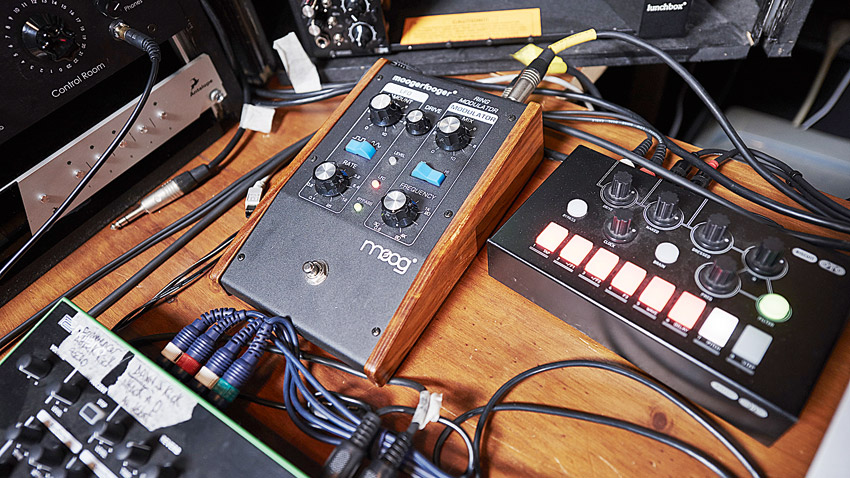
The way modern musicians employ compression these days has attracted some criticism. What’s your viewpoint?
“When you listen to music on the radio, you can tell that everything is compressed really hard. That means people become used to a sound that is really compressed, but if you listen to music from the ’80s and compare it to today, you’ll hear that it’s technically superior. For example, if you listen to Vogue from Madonna, you can hear that the drum machines and synthesisers are not compressed and sound very simple. I like this kind of production, because it’s more natural-sounding and organic and doesn’t require so many effects.”
Do you feel it’s about a lack of resources or lack of expertise?
“Of course, it’s a question of money. Producing a record used to be very expensive, and a studio session used to cost a lot of money. You had to pay the producer and an engineer. But today people make music inside the box and master it themselves. It’s great that they can do that, but I am very shocked to hear that, even though the music is nice, I hate the mastering and the mixing. It’s not just a question of liking or not liking; it’s a question of quality, and some people don’t care about the quality, which makes me sad somehow. Sometimes, I don’t want to play the music even if I like the track, because of the quality of the mixing and mastering. Mastering is the last touch and very different to mixing, so I think that people should spend a little more time and money, and respect this job, because there’s a reason why mastering is so important.”
Chloé’s new album, Endless Revisions (Lumière Noire Records), is out now.


Future Music is the number one magazine for today's producers. Packed with technique and technology we'll help you make great new music. All-access artist interviews, in-depth gear reviews, essential production tutorials and much more. Every marvellous monthly edition features reliable reviews of the latest and greatest hardware and software technology and techniques, unparalleled advice, in-depth interviews, sensational free samples and so much more to improve the experience and outcome of your music-making.
“I’m looking forward to breaking it in on stage”: Mustard will be headlining at Coachella tonight with a very exclusive Native Instruments Maschine MK3, and there’s custom yellow Kontrol S49 MIDI keyboard, too
“Turns out they weigh more than I thought... #tornthisway”: Mark Ronson injures himself trying to move a stage monitor


